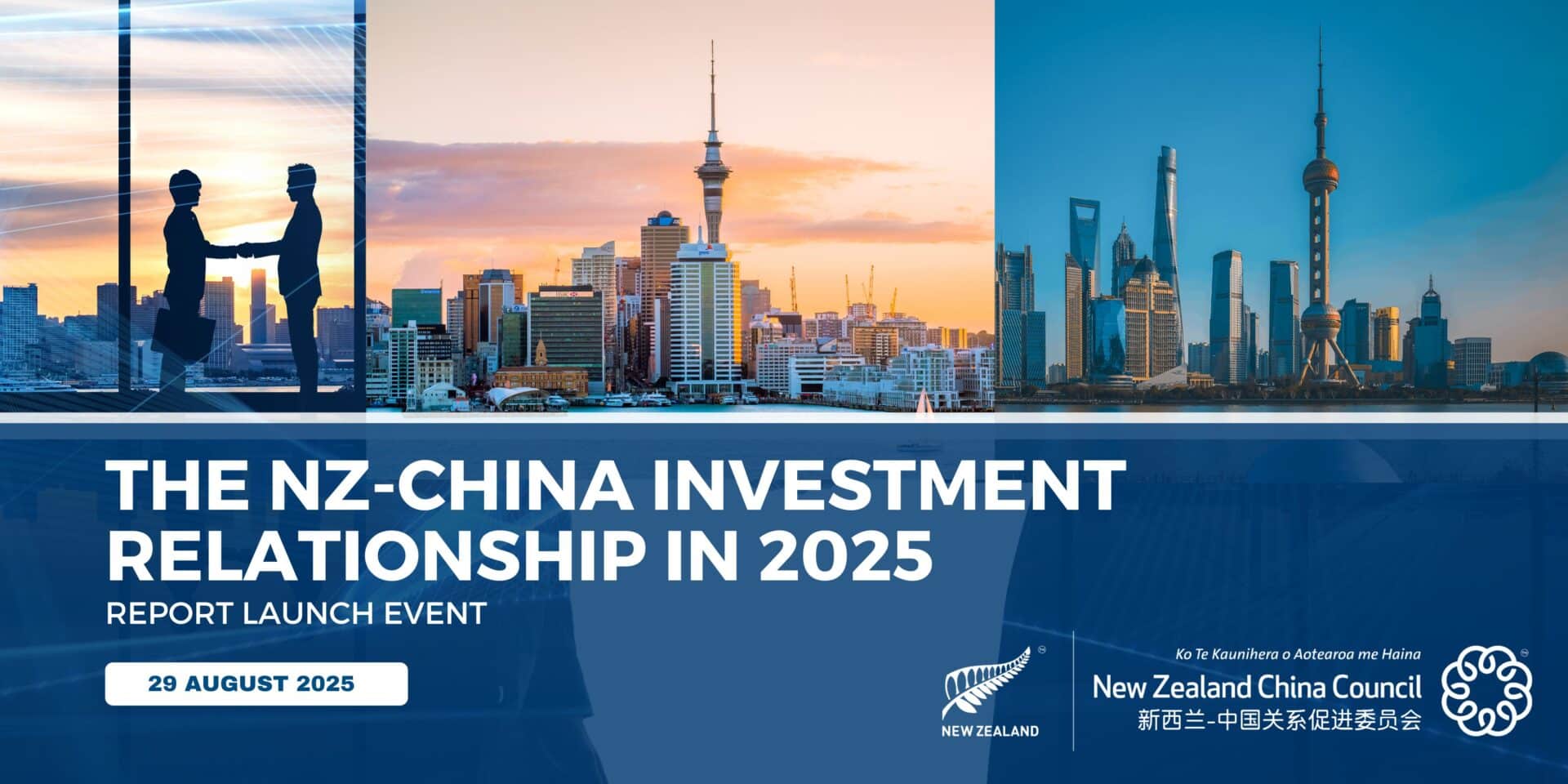When elephants fight: heavyweight stakes of a US-China trade war
New Zealand China Council Executive Director Alistair Crozier wrote the following article for The Post, published on 9 April 2025. The original article can be viewed here.
Faced with Donald Trump’s “Liberation Day” tariff announcements, countries essentially had three responses available: hold back and let the dust settle; seek to negotiate; or push back.
It was perhaps inevitable that China, the world’s second-largest economy, would fight fire with fire. Since 2018, when the previous Trump administration imposed the first of its unilateral tariffs on China, it has responded to each new action with its own targeted measures.
Had the United States approached China this month with a proposal to negotiate a “new deal” to address its continuing trade concerns China would undoubtedly have engaged at some level, if only to discover what President Trump’s asks might be.
Analysts I spoke to in Beijing in December last year considered that the president’s unpredictability also signalled potential flexibility, and indicated China would be open to negotiating as long as it knew what the US president wanted. This possibility remains. But only on a playing field China considers level, and it will still want to confirm what the asks will be.
By instead going on the offensive, the United States has drawn a defiant covering counter-move including its own matching tariffs, anti-dumping probes of US companies and targeted export bans. President Trump has now responded with promises of cumulative tariffs of over 100% on Chinese goods. The global economy is entering surreal territory.
How will China respond now, and what could this mean for New Zealand?
As a starting point, China does not want or need this trade war, and will be damaged by it as long as it continues.
Like many economies, China has struggled to emerge from Covid, a process it started a year later than most other countries. Domestic consumer confidence remained low in 2024 (impacting New Zealand exports to China).
Measures announced last month to boost confidence included steps to encourage greater retail investment in the Chinese stock market, for example, now on a rollercoaster ride no less scary than those of other global bourses. Just as in New Zealand, Chinese families will be reading the headlines and wondering if this is the year for that long-awaited overseas holiday or large household purchase.
China’s access to semi-conductors and other tech it needs for its emerging AI and other industries will also be further choked. There is even a risk that the US will start to penalise third countries which receive imports from China, or are perceived to be forwarding Chinese goods to the US, in an attempt to curtail demand for its exports.

But China is not on its knees. An official commentary on April 7 pointed out that the country’s exports to the US as a percentage of total exports have decreased from 19.2% in 2018 to 14.7% in 2024.
That’s not a coincidence. Far from being taken by surprise, the country’s leadership has been preparing for this kind of scenario (if not its scale) for many years. The same April 7 article explained China’s current stance: “We haven’t closed the door to negotiations, but we don’t harbour wishful thinking either, having made various preparations to respond to impacts.”
These “various preparations” include a readiness to trade more with other countries. It is likely to be too much of a stretch for China to emerge as the saviour and new leader of the world trading system – many governments will be fundamentally averse to that.
But China could have more success cementing an economic leadership role across the Global South – the BRICs economies and others – which it has been quietly consolidating over recent years.
And it will be working even harder to open its doors to trade and invest with other partners instead of the United States.
The price of US consumer goods in China will skyrocket, opening up some opportunities for New Zealand and others who compete with United States exporters in that market. Voluntary or state-directed boycotts of US products and retailers could also occur, as has happened during China’s bilateral disputes with other countries in the past.
US-China trade war spirals: 100% tariffs spark Beijing fury as economy braces for impact
We may also see diversion of New Zealand commodities away from the US market, in response to the 10% tariffs announced for us. In this scenario China remains by far our largest goods export market, with a history of open and stable market access over the last 15 years underpinned by a comprehensive free trade agreement – it will be one “ready-made” alternative for our primary producers, should the decision be taken to re-direct exports.
But while on the surface the situation contains some potential opportunities for New Zealand, we should not take from this in any way that a US-China trade war is somehow in New Zealand’s interests.
The impacts on our companies manufacturing in China for export to the United States, the likely impacts on consumer confidence in China described above, and the general threat of a protracted global recession triggered by Liberation Day will all weigh heavily on us as on other economies.
It will be by far in our best interests for Beijing and Washington to end their displays of defiance and sit down at the negotiating table, as soon as the current, highly-charged political atmosphere calms. That will take some time.
In the meantime, hoping for the best but preparing for the worst, much as China is doing, could be New Zealand’s best approach.












 MENU
MENU
